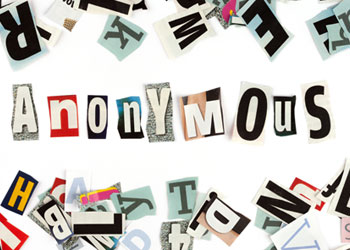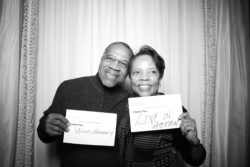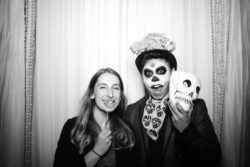A Celebration of LGBTQ Artists and Classical Music
How do you define yourself? How do others define you?
Self-identity is deeply personal and ever-evolving. We learn more about who we are every day and showing our truest self to the world can be all at once frightening, empowering and liberating. In More than a Letter we will reflect on self-identity and self-expression through the artistry of LGBTQ composers and musicians, celebrating difference, finding common ground and embracing the beauty of authenticity. Explore the digital guide to learn more about the artists and music featured on the program!
GUEST ARTISTS | COMPOSERS |
LISTENING GUIDE | BRIDGE |

There's a place for us,
A time and place for us.
Hold my hand and we're halfway there.
Hold my hand and I'll take you there
Somehow,
Some day,
Somewhere!

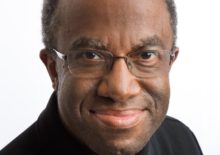
In 1986, Sir Georg Solti chose Michael Morgan to become the Assistant Conductor of the Chicago Symphony Orchestra, a position he held for five years under both Georg Solti and Daniel Barenboim. He became music director of the Oakland East Bay Symphony in 1990. Maestro Morgan serves as artistic director of the Oakland Youth Orchestra, music director of the Sacramento Philharmonic Orchestra and artistic director of Festival Opera in Walnut Creek, California, and teaches the graduate conducting course at the San Francisco Conservatory of Music.
Listen and get the inside scoop as Maestro Morgan shares his history and his inspiration behind our upcoming concert with OUT CHICAGO!
Interview begins at 40:10

Sara Davis Buechner
Classical pianist Sara Davis Buechner played with some of the most prestigious orchestras in the United States, winning praise from presidents and capturing awards that pointed to a promising career as one of the best in the world. But back then, she was a man named David. In 1998, David Buechner became Sara, and her promising career evaporated almost overnight. Fortunately, attitudes toward transgendered people are slowly coming around, and in 2011 she returned to perform with none other than Michael Morgan and the Oakland Symphony.
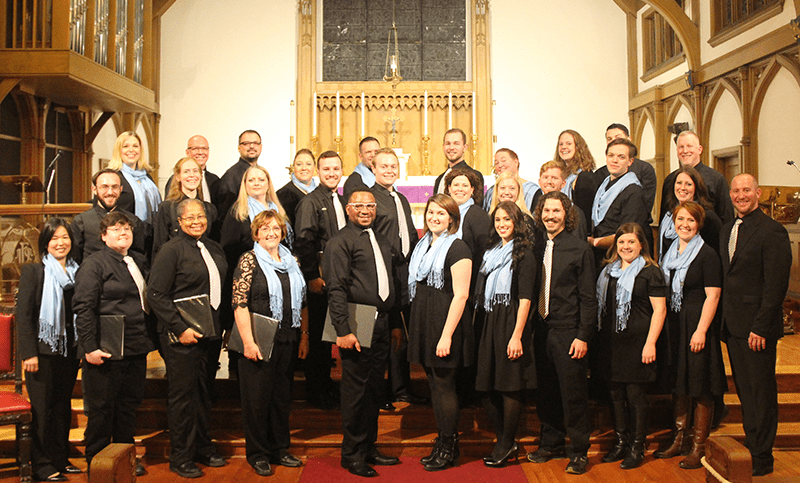
Allegrezza
“Allegrezza is an SATB chorus comprised of auditioned singers based in the beautiful neighborhood of Lakeview just north of downtown Chicago. We believe that all people should not only be embraced but celebrated for who they are. Allegrezza means joyfulness in Italian, and through our song, we will show acceptance and joy for all people.

Sergei Vasilievich Rachmaninoff
(1873-1943)
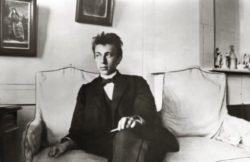
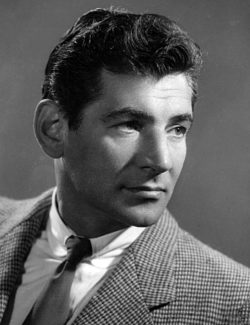
Leonard Bernstein
(1918-1990)
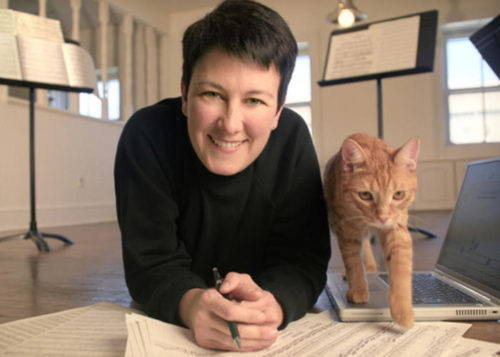
Jennifer Higdon
(1962)
David Conte
(1955)











